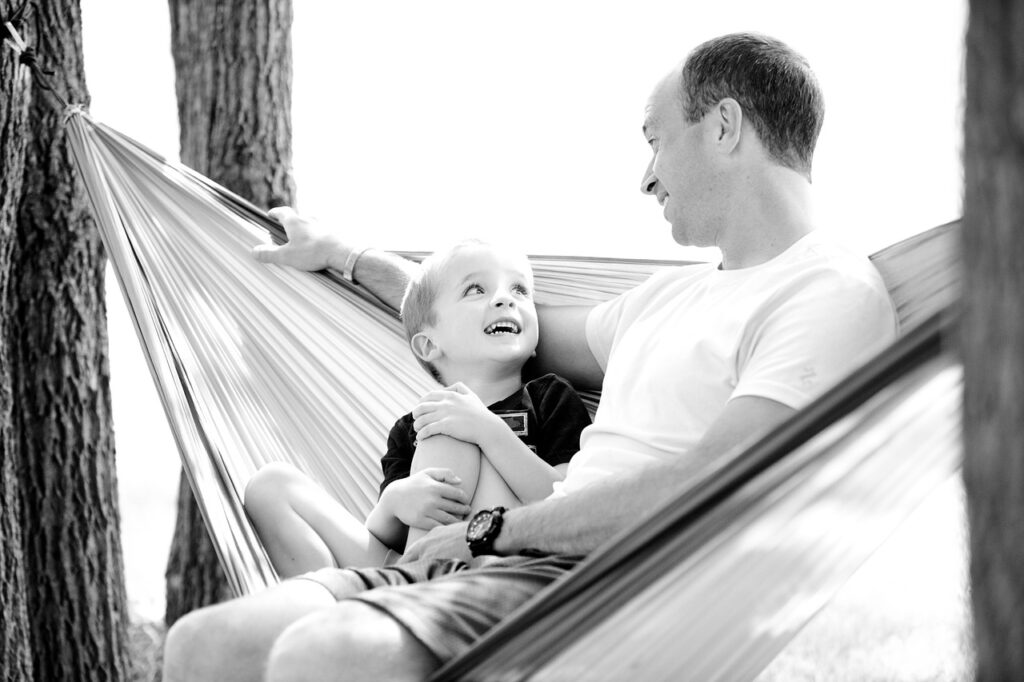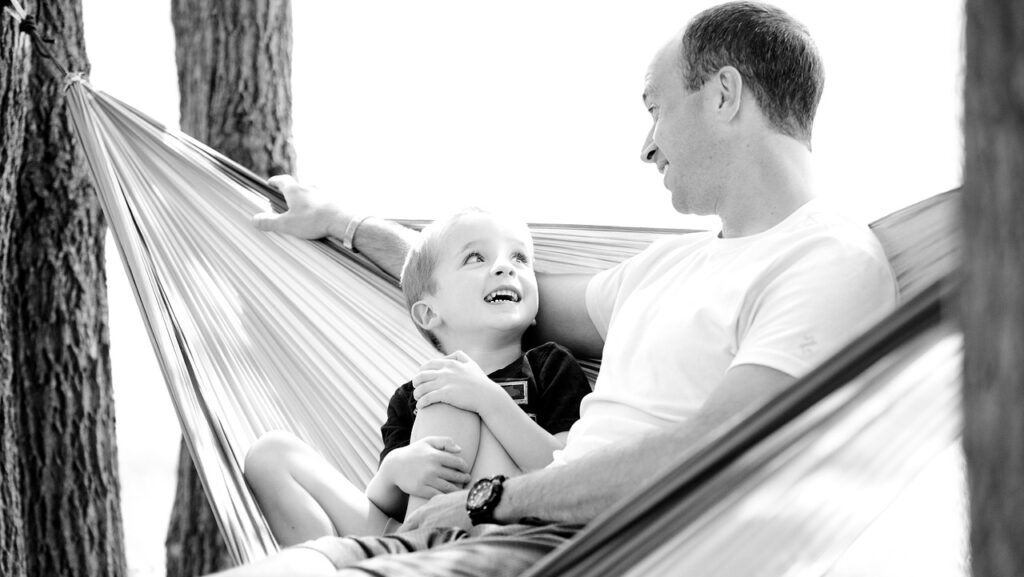As a disclaimer, the PRIDE skills are not my own idea but that of Sheila Eyberg, Ph.D. and Beverly Funderburk, Ph.D. More information can be found at www.pcit.org (https://www.pcit.org/resourceshandouts.html)
This section of PRIDE skills is directed towards 2-6 year olds but provides an important underlying foundation to the sections that describe how to use PRIDE skills with older children. Please continue to read 🙂

The next step down the road of connection is learning how to describe what your young one is doing in play. Talking about what is going on isn’t that difficult. It’s really a simple concept.
“You put the blue block on the red block. You put the green block on the blue block. You put the yellow block…”
I couldn’t even get three sentences through the examples without feeling the monotony. If you talked to an adult like that, you’d be eating by yourself a lot. But here’s the deal, kids six and younger DO NOT CARE! They love it! They will look at you like you’ve just made the most brilliant statement of all time.
The trick with this skill is getting over the awkward nature of it. Just keep at it. In radio the cardinal sin is to have dead air and the same is true here. Try to have as little silence as possible. I’ve told many sports fans to treat it like you’re announcing a game over the radio. Keep talking in simple phrases about what is going on.
After you get used to this skill, start using it to get children thinking about what you want them to think about. If you talk about it, they’ll think about it. If they think about it, it will affect their behavior. It is much like media, it doesn’t tell you what to think, it tells you what to think about. And, like it or not, that concept affects all of us. Use it to your advantage.
This concept is so powerful that it helps to increase attention span in young children. Little ones will spend more time on activities if there is an adult talking about what they’re doing. It’s not just about that moment though. Those moments exercise the structures of the brain required to maintain focus. Just like a muscle, the more they get used, the stronger they become. If you spend time daily describing a child while they are having fun, their attention span will begin to increase.
Just as with reflections, descriptions model good social skills and children repeat what they see. If the adults are talking about what they are doing during play, they will talk about what their friends are doing while they’re together. There is nothing quite like your child having friends wherever they go.
Forcing yourself to watch your child for good behavior does something for the caregivers as well. It’s not fun but it is easy to see all the things our kids need to change, especially when they get wild. I encourage you to take time in play to ignore the wild behavior and focus on what they are doing well. You will begin to think more about the bright spots in their character and abilities. It’s a gift every parent needs.

